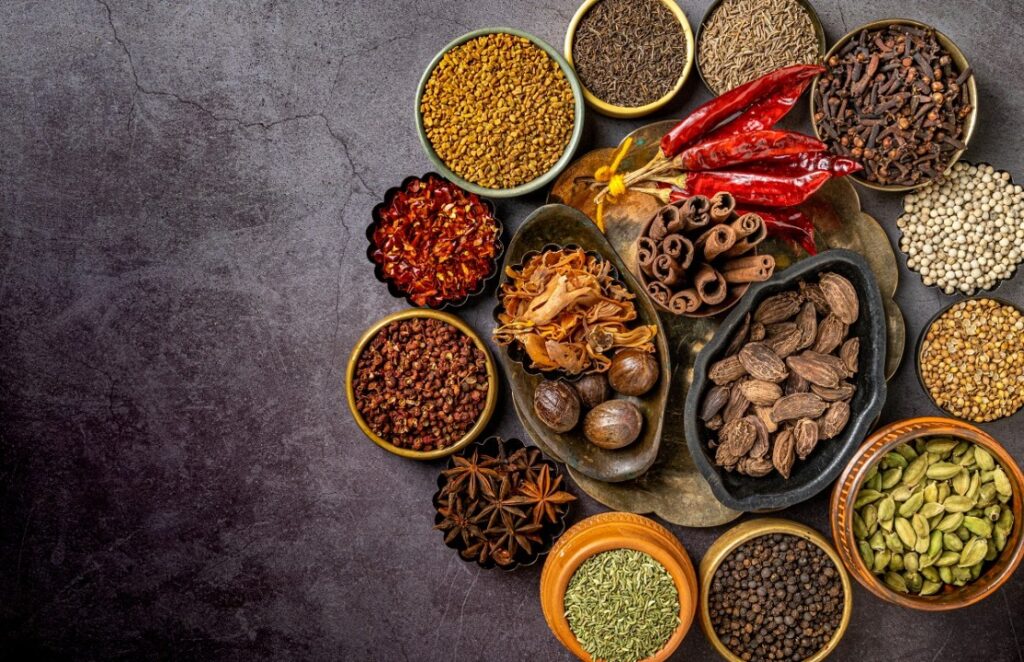In recent days, there has been big debate surrounding the pesticide residue limits set via the Food Safety and Standards Authority of India (FSSAI). Misleading media reviews have circulated claims regarding a purported increase in pesticide stages, sparking issues amongst purchasers and enterprise stakeholders alike. However, it’s far imperative to split truth from fiction and gain a complete understanding of the regulatory framework governing pesticide usage in India.

Dispelling Misinformation: FSSAI’s Clarification
In reaction to these unfounded allegations, FSSAI has categorically refuted claims of diluting pesticide norms, maintaining that India keeps some of the most stringent requirements of maximum residue limits (MRLs) in the global. These limits are meticulously calibrated primarily based on rigorous danger tests and scientific statistics, making sure the protection and properly-being of purchasers.
According to FSSAI, MRLs constitute the most permissible level of pesticide residue on food products, deemed secure for human consumption. Contrary to sensationalist reports, the latest adjustment in MRLs for sure pesticides does not compromise public health but rather reflects a nuanced know-how of chance elements and evolving regulatory standards.
Regulatory Oversight: Ministry of Agriculture & Farmers Welfare
Pesticides in India are challenge to stringent regulation under the purview of the Ministry of Agriculture & Farmers Welfare, overseen through the Central Insecticide Board and Registration Committee (CIB & RC). This regulatory frame is tasked with comparing the protection and efficacy of insecticides, authorizing their use, and organising suitable MRLs to safeguard public health.
The Scientific Panel on Pesticide Residues of FSSAI collaborates intently with the CIB & RC to evaluate pesticide records and recommend MRLs primarily based on comprehensive chance assessments. These exams consider various factors, consisting of dietary consumption styles and health considerations across one-of-a-kind demographic companies, making sure a holistic method to meals protection.
Global Standards: Codex Alimentarius Commission
India’s regulatory framework aligns with worldwide requirements installed by means of the Codex Alimentarius Commission, an authoritative frame chargeable for developing food protection standards advocated by way of the Food and Agriculture Organization (FAO) and the World Health Organization (WHO) of the United Nations.
The Codex standards offer a benchmark for pesticide regulation, guiding international locations in placing MRLs that prioritize purchaser safety and adherence to global best practices. India’s dedication to harmonizing its standards with Codex guidelines underscores its willpower to upholding the best standards of food protection and pleasant.
Dynamic Regulation: Reflecting Scientific Advancements
It is important to understand that MRLs aren’t static however as an alternative dynamic, problem to ongoing revision based totally on rising scientific evidence and global norms. This iterative procedure ensures that regulatory requirements remain abreast of the modern-day studies findings and technological advancements, thereby enhancing customer protection and public health consequences.
In end, the current discourse surrounding pesticide residue limits in India underscores the significance of knowledgeable dialogue and evidence-based policymaking. By dispelling misconceptions and elucidating the regulatory framework governing pesticide utilization, we will foster extra transparency, trust, and confidence in the meals supply chain.





